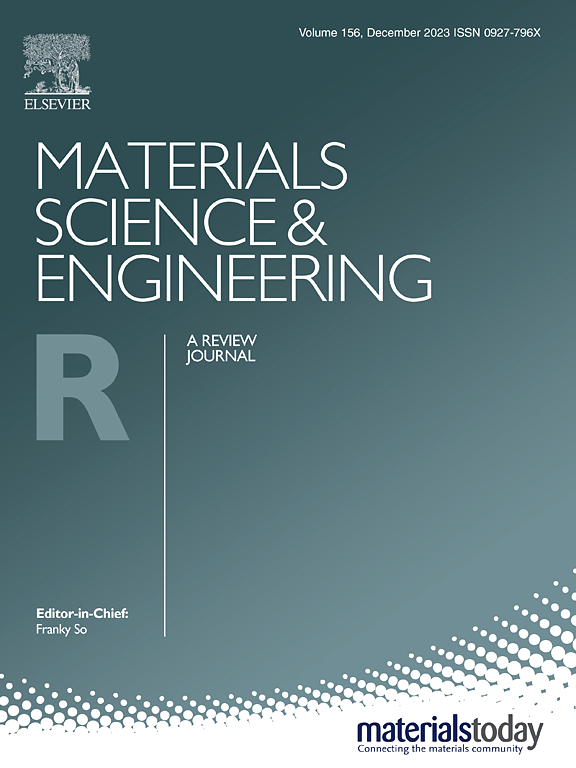Advances in ionic conductive hydrogels for skin sensor applications
IF 31.6
1区 材料科学
Q1 MATERIALS SCIENCE, MULTIDISCIPLINARY
引用次数: 0
Abstract
With the growing public interest in health monitoring, ionic conductive hydrogel-based skin sensors have garnered increasing attention due to their capability for real-time health monitoring. Their lightweight, flexible nature, biocompatibility, and transparency to skin greatly enhance the comfort and reliability of wearable devices for long-term health monitoring. Unlike electronic conductive hydrogels, ionic conductive hydrogels excel in mimicking biological ion transport, making them ideal for seamless integration with human tissue. This review provides a comprehensive discussion on ionic conductive hydrogels-based skin sensors, focusing on their conductive mechanisms, material properties, and applications. We first delve into the four primary conductive mechanisms: electrolyte-based, ionic liquids-based, polyelectrolyte-based, and hybrid model-based. The discussion then emphasizes the essential material properties of ionic conductive hydrogels, such as conductivity, mechanical robustness, adhesiveness, anti-freezing, anti-drying, self-healing, and other properties (e.g., transparency, biocompatibility, and anti-fouling), which are critical for enhancing sensing performance. This review also introduces state-of-the-art developments in ionic hydrogel-based skin sensors across various applications, including strain sensors, pressure sensors, bioelectrical sensors, temperature sensors, and chemical sensors. Finally, this work underscores the remaining challenges and prospects in this field, proposing potential solutions to illuminate future research and innovations in this promising field.
求助全文
约1分钟内获得全文
求助全文
来源期刊

Materials Science and Engineering: R: Reports
工程技术-材料科学:综合
CiteScore
60.50
自引率
0.30%
发文量
19
审稿时长
34 days
期刊介绍:
Materials Science & Engineering R: Reports is a journal that covers a wide range of topics in the field of materials science and engineering. It publishes both experimental and theoretical research papers, providing background information and critical assessments on various topics. The journal aims to publish high-quality and novel research papers and reviews.
The subject areas covered by the journal include Materials Science (General), Electronic Materials, Optical Materials, and Magnetic Materials. In addition to regular issues, the journal also publishes special issues on key themes in the field of materials science, including Energy Materials, Materials for Health, Materials Discovery, Innovation for High Value Manufacturing, and Sustainable Materials development.
 求助内容:
求助内容: 应助结果提醒方式:
应助结果提醒方式:


